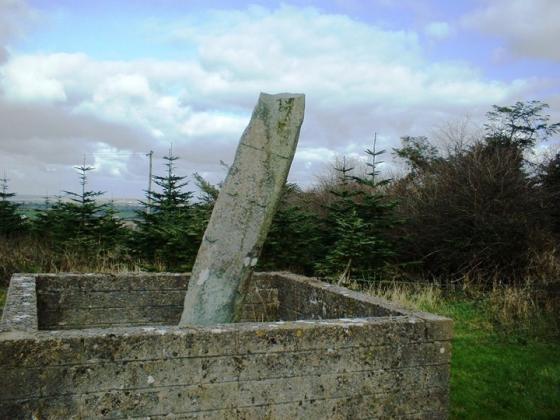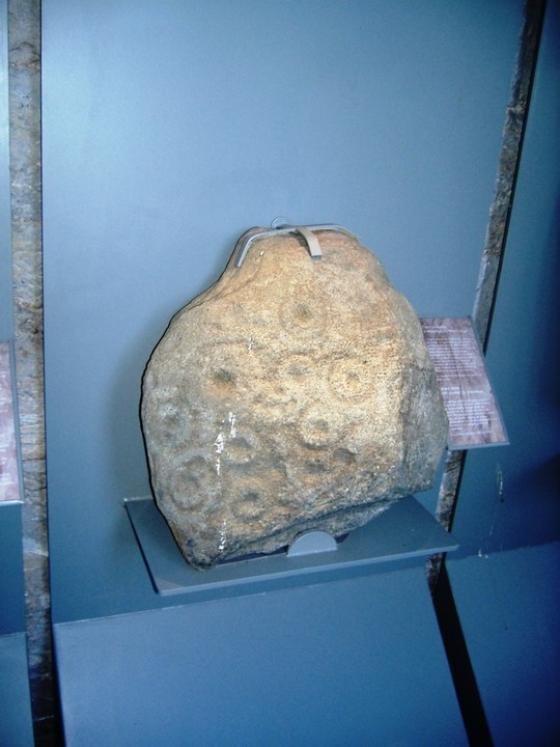Fionn [Mac Cumhail], as the tale goes, like many a modern “gallant gay,” had from time to time paid his addresses to several of the fairest belles of his day, on all of whose hearts he had made a strong impression, but without actually committing himself to any by asking the important question which decides such delicate affairs. Each fair lady fondly flattered herself that she would be the chosen bride of the great chieftain, but each of course cordially hated her numberless rivals, and the result was a general quarrel amongst them, carried on with such implacable acrimony as threatened to throw the whole country into a hopeless embroilment.
Fionn saw that with him alone rested the power of putting an end to this very unpleasant controversy, but as it was possible that he could only please one of his admirers by taking her hand, and he was sure to make relentless enemies of all the rest – a consummation which he by no means devoutly wished – he found himself placed in a very unpleasant position, to relieve himself from which it was necessary that some stratagem should be resorted to without delay. Accordingly he made a public declaration of equal affection and admiration of all the numerous candidates for his hand, but announced that, as he could not marry them all, he would leave the decision of the important question to the agility of their own pretty feet.
Sliabh-na-m-ban was chosen as the site of the memorable race, and the chieftain himself stood at the top of the hill to receive and proclaim the successful competitor. Amongst the bevy of beauties, however, there was one whose charms had made a deeper impression upon the hero’s heart than all the rest, and to her he did not scruple to whisper in private a word of advice, by adopting which she might be certain to gain the much coveted prize. This lady was Graine, or Grace, the beauteous daughter of Cormac Ulihada, monarch of Ireland; and the counsel which her lover gave her was simply this, that she should not attempt to run too fast in the outset, so as to exhaust her breath.
The advice was strictly followed. Graine for some moments appeared to have been left far behind all the other runners, who put forth their utmost strength at once to breast the acclivity. The exertion, however, was too much for them; soon they became heated, lost breath, and finally sank down one after another, completely exhausted, on the heath; and had the mortification to see the princess, who had at first seemed to make little way, pass by them fresh and unruffled, and smiling triumphantly in full consciousness of possessing the secret of success. Several made a last effort again to outstrip her, but in vain; for she alone gained the summit and won the much coveted prize.
The princess had now gained as firm possession of the chieftain’s hand, as formerly she had won his heart, and a long life of connubial bliss was fondly anticipated for the distinguished pair. But the lady proved as frail and false as her lord was chivalrous and confiding, and after the expiration of a few short months she eloped with the most cherished friend of her husband, Diarmuid O’Duibhne.
From ‘Folk-lore no. 1: The Fenian traditions of Sliabh-Na-M-Ban’ by John Dunne, in ‘Transactions of the Kilkenny Archaeological Society’ v1 (1851) pp333-362.






























